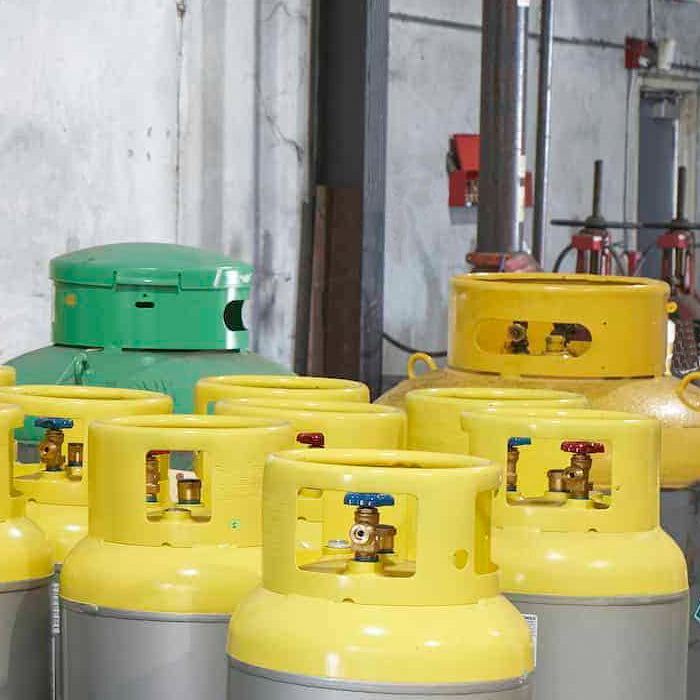321-245-1400
321-245-1400

The clock's ticking for HVAC contractors and facility managers: The end of the year is approaching, and so are tougher federal requirements.Commercial refrigerant disposal is already heavily regulated, but the landscape is tightening. With new standards set to phase in by 2026 under the American Innovation and Manufacturing (AIM) Act, businesses must take action now to ensure compliance. Failure to prepare can result in steep penalties, costly delays, and reputational damage.
The following guide outlines what you need to know about handling refrigerants properly as regulations tighten.
As part of the AIM Act, the EPA is committed to significantly reducing HFC production and consumption by 2026. These refrigerants, common in commercial air conditioning and refrigeration systems, have a high global warming potential. This high-GWP status makes their management and disposal a top priority for regulators. For business owners, this means stricter oversight of how refrigerants are removed, recovered, and disposed of in the years ahead.
If your systems still run on high-GWP refrigerants like R-410A or R-404A, simply planning for a replacement isn't enough. You must also ensure that refrigerant from old units is handled properly. Delaying compliance could lead to higher service costs, shortages of available technicians, and penalties if refrigerant is mishandled or vented.
Improper handling of refrigerants isn't just a technical violation. Venting or illegally disposing of refrigerants can trigger EPA fines that climb into the tens of thousands of dollars per day. Beyond fines, your business could face liability if refrigerant releases cause environmental damage.
There is also a practical cost: when refrigerant is not recovered and recycled, replacement refrigerant has to be purchased, often at a premium. With prices expected to increase as 2026 approaches, careless disposal could end up doubling your costs.
Choosing a contractor who follows proper commercial refrigerant disposal procedures goes beyond staying legal to protect your bottom line.
For planned HVAC replacements or major service before the end of the year, your choice of contractor is critical. Here are questions that help ensure refrigerant is managed the right way:
A qualified contractor should have clear, straightforward answers. If they hesitate or cannot explain their process, move on to another, more reputable contractor who can. Responsible commercial refrigerant disposal is a mark of professionalism and integrity.
To get ahead of the 2026 changes, start planning now. That way, you'll avoid the massive competition for contractors during the end-of-year rush. Streamline your initial conversations with a certified disposal and recycling facility by considering these steps:
For businesses in need of reliable commercial refrigerant disposal, Eco Care specializes in refrigerant recovery and disposal services that align with federal requirements. By partnering with Eco Care, you gain more than just a disposal service. You gain a compliance partner that provides:
Eco Care focuses exclusively on refrigerant management, which means you benefit from a level of expertise and accountability that general contractors or uncertified vendors cannot provide.
For facility managers, building owners, and HVAC contractors, this partnership offers peace of mind and ensures that refrigerant handling is never a weak point in your operations.
The 2026 refrigerant phase-down will bring heightened enforcement and stricter compliance expectations. Businesses that wait until the last minute risk fines, project delays, and reputational harm. By taking steps now to manage commercial refrigerant disposal correctly, you protect your bottom line and demonstrate professionalism.
Work with a certified partner like Eco Care to ensure your refrigerant disposal processes are legal, efficient, and fully documented. In a regulatory environment that is only becoming more demanding, the right partner makes all the difference.